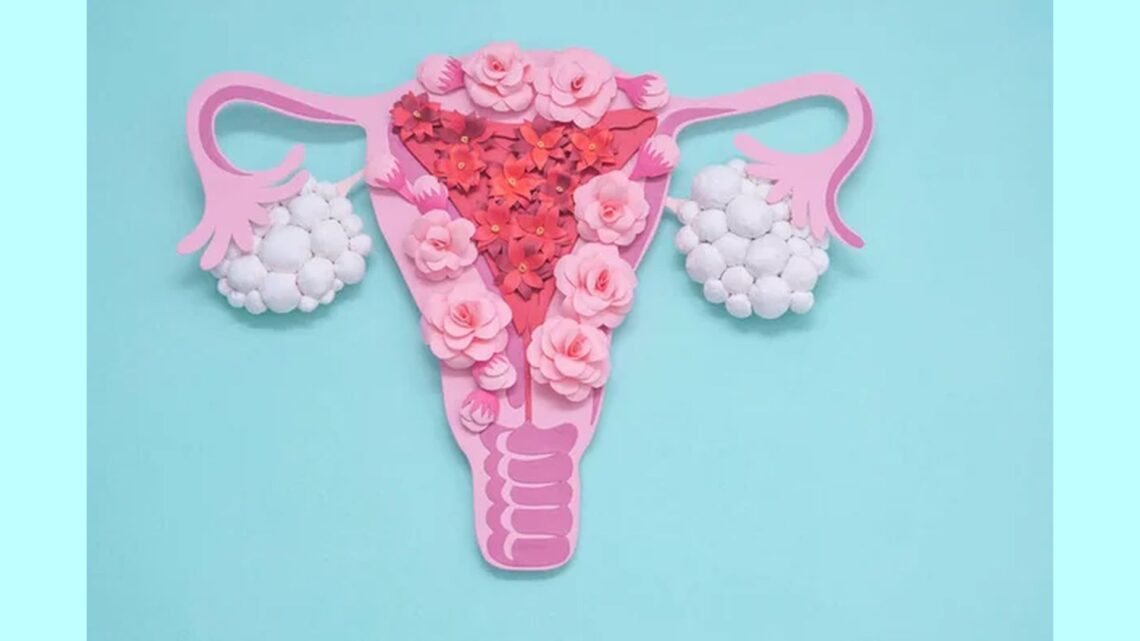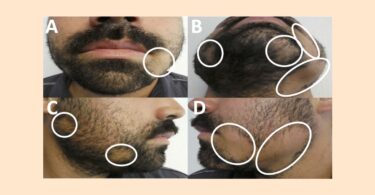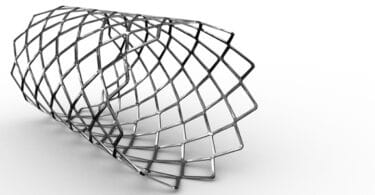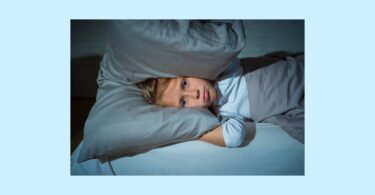Abstract: PCOS or PCOD is a relatively common hormonal disorder prevalent among women of reproductive age. It has an impact on the reproductive system and also the general health of the patient and is a persistent cause of anxiety. Homoeopathy has much scope in these lifestyle diseases. 20 cases were studied with slightly variable clinical presentation and constitutional homoeopathic medicines were prescribed along with a strictly maintained diet and regimen, which produced a definite improvement.
Introduction: PCOS is the most common endocrine disorder found in women. PCOS is a set of symptoms due to elevated androgens (male hormone) in females leading to several health complications, including menstrual dysfunction, infertility, hirsutism, acne, obesity, and metabolic syndrome. PCOS is a significant risk factor for developing type 2 diabetes and increased cardiovascular disease risk (together called ‘cardiometabolic disease’, CMD).
Incidence: PCOS affects about 5-10% of women of reproductive age and at least 70% remain undiagnosed. Different studies in India on PCOS have reported a prevalence of 3.7% to 22.55% and even up to 36% in adolescents. According to a report published in Metropolis Healthcare, for every 5 women in India, 1 can be diagnosed with PCOS. Doctors and researchers warn that the prevalence of PCOS is increasing with most women falling in the 15 to 30 years age group.
Objectives:
- To assess the efficacy of Homoeopathic medicines in patients of PCOS.
- Clinical assessment of commonly encountered medicines in PCOS.
Definition: Polycystic ovarian syndrome is a disorder of chronically abnormal ovarian function and hyperandrogenism characterized by irregular or no menstrual periods, acne, obesity and excess body and facial hair growth, pelvic pain and patches of thick, darker, velvety skin. PCOS is also called the Stein-Leventhal Syndrome.
Cause: The aetiology of PCOS is not completely understood and there is no known cause, although a genetic component and diet/lifestyle factors such as insulin resistance and obesity have been identified. A woman’s risk of PCOS is increased by nearly 50% if a family member such as her mother, sister or aunt has PCOS.
Pathophysiology: The pathogenesis of PCOS has been linked to altered luteinizing hormone (LH) action, insulin resistance and predisposition to hyperandrogenism. One theory maintains that underlying insulin resistance exacerbates hyperandrogenism by suppressing synthesis of sex hormone –binding globulin and increasing adrenal and ovarian synthesis of androgens, thereby increasing androgen levels.
Diagnosis:
Stein- Leventhal in 1935 suggested PCOS as a syndrome consisting of amenorrhoea, hirsutism, and polycystic ovaries.
The Endocrine society recommends using the Rotterdam criteria for diagnosis. It mandates the presence of the following three findings: hyperandrogenism, ovulatory dysfunction and polycystic ovaries.
Clinical features:
- Oligomenorrhoea/ Amenorrhoea
- Infertility/ 1st trimester abortion
- Obesity
- Acne
- Hirsutism
- Acanthosis nigricans
- Male pattern alopecia
Investigations/ Diagnostic blood tests-
- Testosterone level- elevated
- LH &FSH level (LH:FSH >2.0 is suggestive of PCOS)
- SHBG -reduced
- TSH
- Prolactin level
- Fasting glucose level/OGTT
- Lipid profile (total, LDL,HDL)
- 17- hydroxyprogesterone level
Pelvic Ultrasonography (presence of > 10 cysts measuring 2-8 mm in diameter)
Homoeopathic Approach: Homoeopathy is based on individualization. It treats the patient and not the disease. Every case is studied from the perspective of totality of symptoms. Importance is given to the striking, peculiar, individualizing features of the patient (which includes mental symptoms, physical generals and lastly the particulars) to reach to the simillimum.
Repertorial study: After doing proper analysis, evaluation and totality formation, suitable repertory is selected and repertorial totality is formed. Apart from the general sphere of each case, some of the rubrics which can be taken for consideration are:
- Tumors, Ovaries, cysts, right (Synthesis, Chapter- Female gen)
- Tumors, Ovaries, cysts, left (Synthesis, Chap- Female gen)
- Menses, irregular, long and variable intervals (Synthesis, Chap- Female gen)
- Menses, late too, girls in (Synthesis, Chapt- Female gen)
- Menses, late too, two or three months (Synthesis, Chap- Female gen)
- Menses, scanty with acne (Murphy, Chap- Female)
- Miscarriage, ovarian disease, from (Murphy, Chap-Female)
- Miscarriage, time, early months (Murphy, Chap-Female)
- Hair, Mustache, women, in ( Murphy, Chap- Face)
- Hair, Chin, women, in ( Murphy, Chap- Face)
- Hair, unusual parts, on (Murphy, Chap- Skin )
- Hairy skin ( Murphy, Chap- Skin)
Homoeopathic Remedies with Indications:
Palladium – An ovarian remedy. Pain and swelling of region of right ovary. It is indicated in that gynaecological condition where the disease has its inception in the right ovary.
Thuja – It has a power to produce pathological vegetations, warty excrescences, spongy tumors etc. Left sided and chilly medicine. Greasy skin of face. Hair dry and falling out. Menses scanty and retarded.
Lycopodium – Menses too late, lasts too long. Right ovarian pain. Great falling out of hair. Premature baldness and grey hair.
Sepia – One of the most important uterine remedies. Tendency to abortion. Menses too late, scanty, irregular. Hair falls out. Pimples on forehead.
Lachesis – Menses too short, too feeble. Left ovary very painful and swollen
Apis – Ovarian tumour, metritis with stinging pain, worse in right ovary. Menses suppressed, in young girls.
Thyroidinum- Excessive obesity. Hypothyroidism. Uterine fibroids. Brown swelling.
Natrum Mur –Menses irregular, suppressed. Face oily, shiny as if greased. Hyperthyroidism. Diabetes. Alopecia.
Other remedies: Polyganum, Senecio aureus, Ova- tosta, Aur-iod, Bufo etc.
General Management: Regular exercise is required which boosts the body’s use of insulin, creating hormonal balance and weight control. Diet should also be maintained; higher intake of protein and fibre can help keep insulin levels under control.
Materials & Methodology: The study was conducted at the O.P.D/ I.P.D of State National Homoeopathic Medical College, Lucknow for a period of one year. It was a prospective and randomized study. A total of 20 cases were registered by random sampling method. A detailed case taking was done for the study and medicine was prescribed on the basis of totality of symptoms. The follow up was done regularly at an interval of two weeks, for a duration of 6-8 months. Results were drawn on the basis of gradation of symptoms which included marked improvement, mild improvement, and status quo.
Observation and Result: Data showing the number of patients as per medicine prescribed:
| S.No. | Medicine prescribed | No. of pat | Percent(% |
| 1. | Palladium | 4 | 20% |
| 2. | Thuja | 4 | 20% |
| 3. | Nat mur | 3 | 15% |
| 4. | Thyroidinum | 3 | 15% |
| 5. | Others | 6 | 30% |

Distribution of 20 patients according to the results of medicine prescribed:
| S. No. | Medicine
prescribed |
No. of cases | Marked
improvement |
% | Mild
improvement |
% | No Improvement | % |
| 1. | Pall | 4 | 2 | 50% | 1 | 25% | 1 | 25% |
| 2. | Thuja | 4 | 1 | 25% | 2 | 50% | 1 | 25% |
| 3. | Nat mur | 3 | 2 | 66.6% | 1 | 33.3% | 0 | 0 |
| 4. | Thyroi | 3 | 3 | 100% | 0 | 0 | 0 | 0 |
| 5. | Sepia | 2 | 0 | 0 | 2 | 100% | 0 | 0 |
| 6. | Apis | 1 | 0 | 0 | 1 | 100% | 0 | 0 |
| 7. | Senecio | 2 | 1 | 50% | 1 | 50% | 0 | 0 |
| 8. | Polyg | 1 | 0 | 0 | 0 | 0 | 1 | 100% |

Data showing number of patients as per clinical presentation:
| S. N. | Clinical Presentation | No. of patients |
| 1. | Oligomenorrhoea+ Obesity+Acne+Hirsut+Alopecia+Acantho | 1 |
| 2. | Oligomenorrhoea +Obesity+Hirsutism+Alopecia | 4 |
| 3. | Oligomenorrhoea +Obesity+Alopecia | 3 |
| 4. | Oligomenorrhoea +Obesity+Acne | 3 |
| 5. | Oligomenorrhoea +Acne+Hirsutism | 4 |
| 6. | Oligomenorrhoea +Hirsutism+Obesity | 4 |
| 7. | H/o miscarriage+Irregular menses | 1 |

Discussion:
- Thuja and Palladium are the commonly prescribed medicines among the 20 patients, where Palladium showed marked improvement in 50% of cases and Thuja in 25 % of cases.
- Nat mur and Thyroidinum are the next common medicines. Thyroidinum showed marked improvement in all cases (100%) whereas Nat mur showed marked improvement in 66.6% cases.
- Sepia and Apis showed mild improvement in 2 and 1 case respectively.
- Senecio was prescribed in 2 cases with marked improvement in 1 case and mild improvement in 1 case.
- Polyganum was also prescribed in 1 case where it showed mild improvement.
- Out of 20 cases, 9 cases (45%) showed marked improvement; 8 cases (40%) showed mild improvement; and 3cases (15%) having no improvement.
- It is also evident from statistical analysis, that apart from constitutional polychrest medicines, medicines like Senecio and Polyganum also have positive action.
- Clinical presentation also is a variable, but Amenorrhoea is more or less a constant feature; Acanthosis nigricans is a rare phenomenon.
Conclusion: PCOS is highly prevalent among females aged 15-25. Other schools of medicine have no curative treatment. Homoeopathy can reduce metabolic complications and can improve the quality of life and cure such patients in the long run.
Bibliography:
- Boericke W. New Manual of Homoeopathic Materia Medica and Repertory. New Delhi: B. Jain Publishers, August-2002.
- Murphy Robin, Homoeopathic Medical Repertory. IBPS, New Delhi, May-1994.
- Schroyens Fredericke, Synthesis; Ed 7.1; Homoeopathic Book Publishers-1998.
- http://www.aafp.org
- Robbins, Pathophysiologic basis of diseases; 6th ed; W.B. Saunders Company, U.S.A-2000
- Whitfield, Charles. R; Dewhurst’s Text book of Obstetrics and Gynaecology, 5th Ed; Blackwell Science Ltd. 1995
- Dutta D.C., Textbook of Gynaecology; Calcutta: New Central book Agency,1996
- Rath P.;Management of PCOS through Homoeopathy- A case report.2018;12:95-100.







1. It is not a ‘Efficacy study’ because without a control we can’t label a study as a efficacy study. It’s unethical.
2. We can’t use a term like ‘definite improvement’ in research. it’s misleading.
3. Sampling wad not randomised. It’s wrongly stated. It’s called ‘convenient’ sampling when we are selecting cases frm opd.
4. No sample size calculation is there.
5. A research work must have a reference list with proper citation. Bibliography is non-ideal.
It not professionally to calculate % from 20 cases. Every school student knows that. It has to be at least 100 cases.
Thanks dear Dr Sutapa Nandi for your good research work. Keep it up.